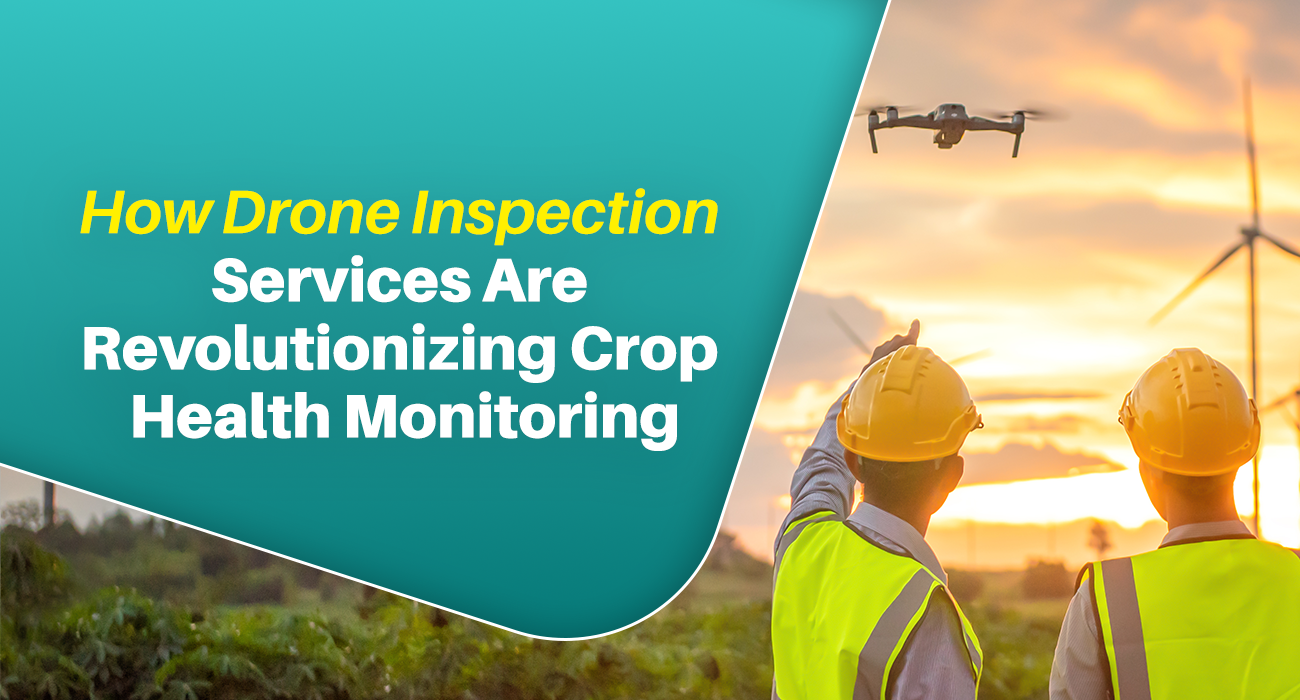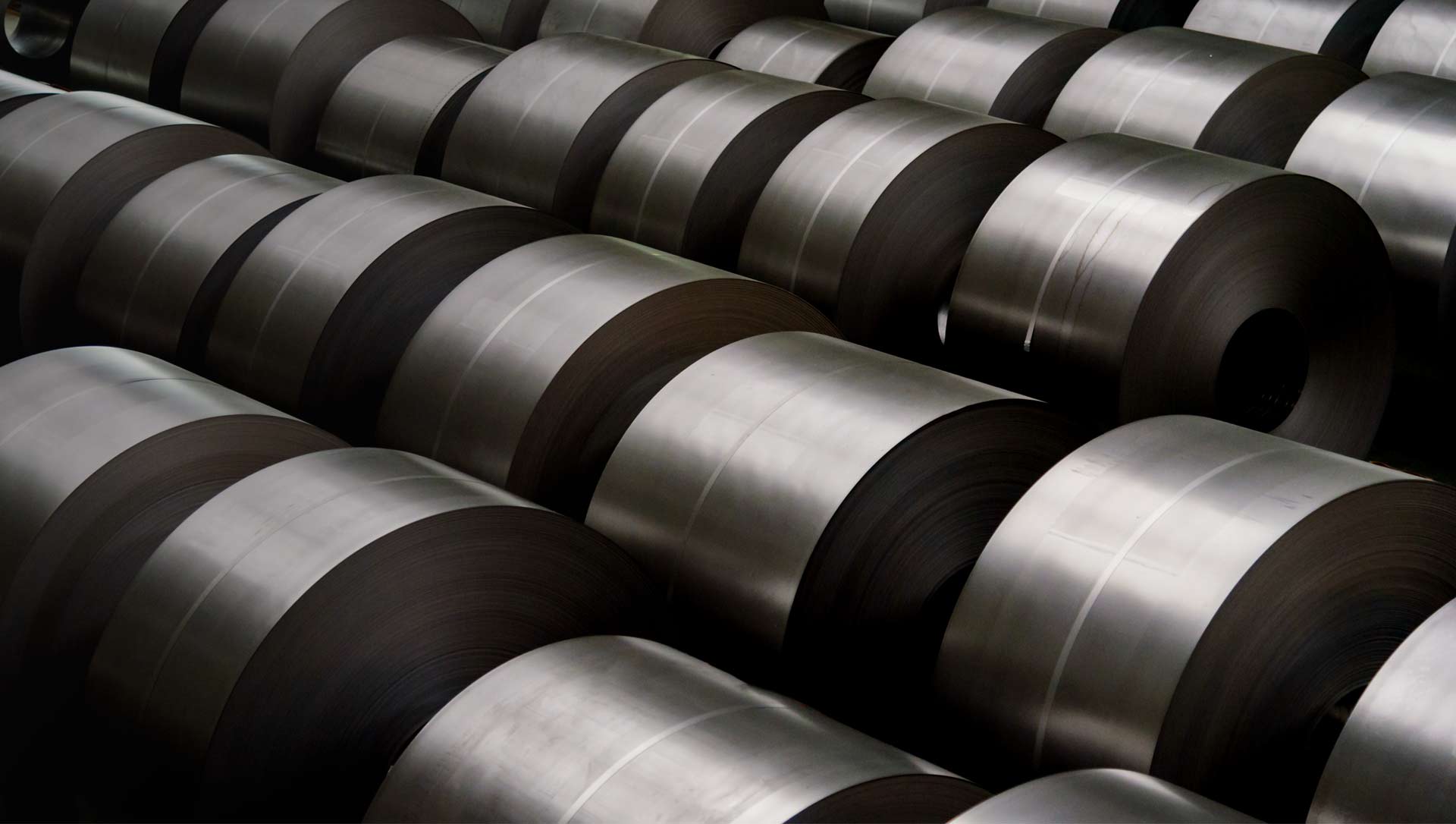
How Drone Inspection Services Are Revolutionizing Crop Health Monitoring
In today’s modern agriculture, farmers and agricultural specialists are under increasing pressure to produce more with less—less land, less water, and fewer resources. At the same time, climate change, pests, and plant diseases continue to threaten food security across the world. One technology that is helping farmers overcome these challenges is drone inspection services.
Traditionally, crop health monitoring involved manual inspections, random soil sampling, or using satellite images that often lacked precision. Today, drone inspection services are providing more detailed, accurate, and real-time data, allowing for quick responses and better crop management.
What Are Drone Inspection Services in Agriculture?
Drone inspection services in agriculture refer to the use of unmanned aerial vehicles (UAVs), equipped with cameras and sensors, to monitor, inspect, and collect data about crop conditions. These drones are designed to fly over farmlands, capturing high-resolution images, multispectral data, and thermal imaging to assess plant health and other environmental variables.
These services are part of precision agriculture—a farming approach that uses data and technology to make accurate decisions for planting, watering, fertilizing, and harvesting. Companies like Cornerstone Middle East, known for offering reliable inspection and testing services across industrial sectors, are now extending their expertise into agriculture by integrating drone technology for crop assessment.
How Drone Inspection Services Work in Crop Monitoring
- Pre-Flight Planning
Before deployment, a flight plan is created based on the size of the farm, crop type, and monitoring goals. This helps the drone follow a programmed route and collect consistent data. - Data Collection During Flight
Drones fly over the crop fields, capturing aerial imagery using different types of sensors:- RGB cameras for high-resolution images
- Multispectral sensors for vegetation health
- Thermal cameras for moisture and stress detection
- Data Processing and Analysis
After the flight, data is processed using software that converts images into maps and reports. These show areas of concern such as pest attacks, nutrient deficiency, or irrigation problems. - Reporting for Action
The inspection results are compiled into a report that can be used by farmers or agricultural consultants to take immediate corrective actions, such as targeted pesticide application or adjusting water schedules.
The Importance of Drone Inspection Services in Crop Health
Drone inspection services are more than just data collectors—they are strategic tools that help with accurate crop testing and condition assessment. Their importance lies in the following:
- Speed and Coverage: Drones can scan large areas of farmland in a short time, making it easier to conduct inspections regularly.
- Early Detection: Issues such as fungal infections, root rot, or pest infestations can be detected before visible symptoms appear, giving farmers time to react.
- Precision Farming: Farmers can apply fertilizers or pesticides only where needed, saving money and reducing environmental impact.
- Improved Yield and Quality: Continuous monitoring leads to better crop management, ultimately increasing both yield and quality.
Applications in Agricultural Testing and Inspections
In the field of agricultural testing and inspections, consistency and accuracy are critical. Drone inspections complement these processes by adding another layer of digital evidence. Here’s how they contribute:
- Verification of Fertilizer and Pesticide Impact
After applying inputs, drones can monitor their effectiveness and show whether the plants are responding positively or if further action is needed. - Compliance Checks and Quality Assurance
Inspection reports generated through drones are used to demonstrate compliance with farming and environmental regulations. - Soil and Irrigation Mapping
Drones can detect irrigation leaks or dry patches that may go unnoticed from ground level, ensuring that soil testing and moisture levels are accurate. - Time-Lapse Analysis
By flying over the same area at different intervals, farmers can track crop development over time and correlate it with weather and input usage.
Firms like Cornerstone Middle East that provide rigorous inspections in oil, gas, and industrial sectors are now leveraging these principles in agriculture by offering drone-integrated crop health assessment as part of a holistic testing service.
Real-World Use Cases of Drone Inspection Services
Across the globe, drone inspection services are being used in different agricultural settings:
- In Wheat Fields: Drones have helped detect stripe rust early, allowing targeted fungicide use and saving entire crops.
- In Vineyards: By using thermal sensors, drones identify vines suffering from water stress, ensuring precision irrigation.
- In Rice Paddy Fields: Multispectral imaging helps monitor nitrogen levels, which are critical for healthy rice production.
Such results demonstrate that integrating drone inspection services into crop testing protocols leads to more efficient farming and reduces resource wastage.
Cost-Effective and Scalable Agricultural Solutions
Initially, drone technology was considered expensive and limited to research farms or large-scale plantations. But with advancements in software, automation, and cost-effective drone models, even small to medium farms can now benefit from drone inspection services.
These services:
- Reduce labor costs required for manual inspections
- Decrease crop losses through early problem identification
- Allow farmers to plan and budget more effectively
Moreover, drones can be deployed on-demand, making them ideal for both scheduled inspections and emergency assessments after storms, floods, or pest outbreaks.
Integration with Professional Testing Labs
The greatest value of drone inspection services is realized when combined with traditional crop testing and laboratory analysis. For instance:
- A drone flags a section of a cornfield with poor growth.
- A technician then collects samples from the affected zone.
- These are tested in the lab for soil pH, pathogens, or nutrient levels.
- The findings help validate drone data and suggest actionable recommendations.
This integrated method mirrors the standards followed by Cornerstone Middle East, which always emphasizes evidence-based inspections across sectors. Drones act as the “first eyes,” while lab testing confirms the diagnosis.
Final Thoughts
Drone inspection services are revolutionizing how farmers inspect, test, and manage crop health. With the ability to cover large areas quickly, collect high-quality data, and detect early-stage crop problems, drones are becoming essential tools in precision agriculture.
By integrating drone technology with professional testing and inspection protocols, agriculture is becoming more efficient, sustainable, and profitable. Companies like Cornerstone Middle East are leading the way by merging their expertise in technical inspections with new-age tools like drones to bring smarter solutions to the field.
Whether you’re a small-scale farmer or manage large agricultural operations, investing in drone inspection services will ensure healthier crops, better yields, and a competitive edge in today’s evolving farming industry.




Post a comment